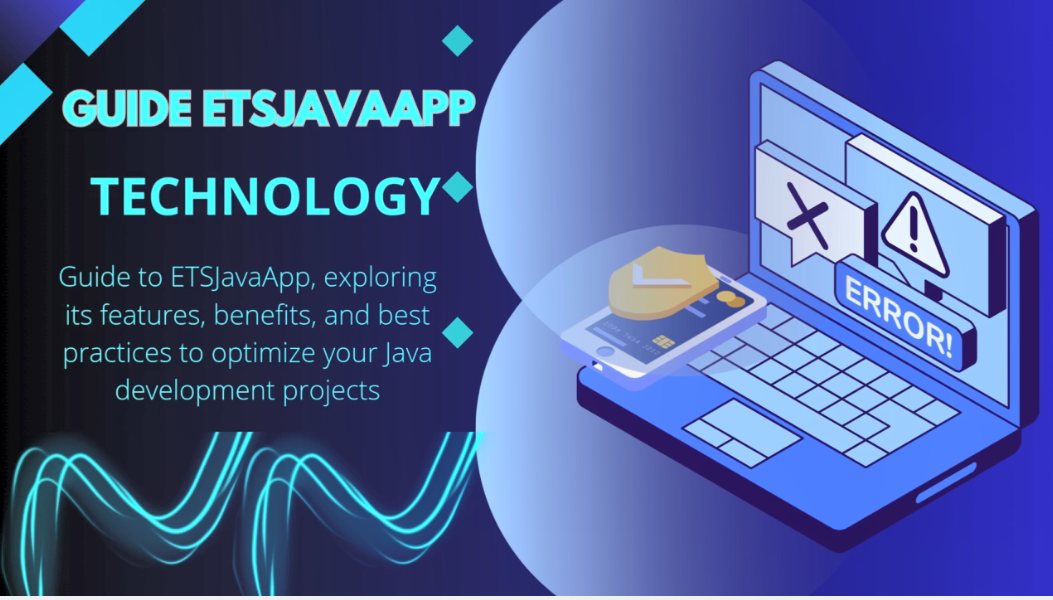In today’s rapidly evolving financial landscape, institutions must adhere to strict regulatory guidelines designed to prevent financial crimes such as money laundering, fraud, and terrorist financing. One crucial aspect of this regulatory framework is Anti-Money Laundering (AML) compliance, which demands that institutions thoroughly assess and monitor the risk associated with each customer. Within the scope of AML, certain clients are categorized as high-risk customers and require enhanced due diligence (EDD) monitoring.
High-risk customers, particularly those labeled as “AMLA high-risk customers,” can expose businesses to significant financial, legal, and reputational risks if not properly identified and monitored. These customers are often involved in more complex financial transactions or may present certain behavioral patterns that make them more susceptible to engaging in illegal or suspicious activities. By recognizing these high-risk customers early on and implementing appropriate measures, businesses can mitigate risks and ensure compliance with AML regulations.
In this article, we will delve deeper into how to identify high-risk customers for EDD monitoring, the key attributes that help identify them, and the specific characteristics of a high-risk customer as it relates to AML regulations.
What Is Enhanced Due Diligence (EDD)?
Enhanced Due Diligence (EDD) is a deeper, more comprehensive level of scrutiny required for high-risk customers. The purpose of EDD is to mitigate risks posed by customers who could potentially engage in money laundering or other financial crimes. EDD involves gathering more detailed information on customers, such as their source of wealth, transaction history, and any connections to high-risk countries or activities. By performing EDD, financial institutions can detect unusual behavior, minimize exposure to fraud or money laundering, and avoid facilitating illegal activities.
For high-risk customers, especially those categorized as “AMLA high-risk customers,” financial institutions must invest significant resources in monitoring and maintaining a high level of vigilance. This process involves a thorough review of the customer’s profile and ongoing monitoring of their financial transactions.
How to Identify AMLA High-Risk Customers for EDD Monitoring?
The identification of AMLA high-risk customers is based on several factors that can signal an increased risk of financial crime. These factors range from the customer’s geographic location to their business activities, source of funds, and transactional patterns.
1. Customers from High-Risk Jurisdictions
Customers from high-risk countries or jurisdictions are automatically considered higher risk for money laundering and other illicit activities. Certain countries are known to have weaker regulatory frameworks or are associated with higher levels of corruption, organized crime, or terrorism. For example, nations that are on the Financial Action Task Force (FATF) “grey list” or “blacklist” often present heightened risks. Customers who originate from or have transactions linked to these high-risk regions are subject to increased scrutiny and EDD measures.
2. Complex Ownership Structures
High-risk customers often have opaque or convoluted business structures designed to hide ownership and control. These structures might include the use of multiple shell companies, trusts, or other intermediaries to obscure the identity of the true beneficial owner. Such complexity makes it difficult for financial institutions to determine where the customer’s funds originate, increasing the risk of facilitating money laundering, tax evasion, or other illicit activities. AMLA high-risk customers who have convoluted ownership structures often require thorough background checks and EDD to verify the true ownership of the business or assets.
3. Politically Exposed Persons (PEPs)
Politically Exposed Persons (PEPs) are individuals who hold prominent public positions or have significant influence in governmental or international organizations. Due to their roles, PEPs are at higher risk for corruption, bribery, and other financial crimes. Financial institutions must conduct enhanced due diligence when engaging with PEPs to ensure compliance with AML regulations. AMLA high-risk customers who are PEPs require careful monitoring and scrutiny, as they may be more prone to using their influence for illicit financial gain.
4. Unusual Transactions or Activity Patterns
Transactions that deviate significantly from a customer’s typical behavior, such as large, unexplained transfers or frequent international transactions without clear business justification, are major red flags. AMLA high-risk customers may exhibit suspicious patterns such as structuring transactions to avoid reporting requirements, making large deposits without a clear economic reason, or transferring funds to and from high-risk countries. Monitoring such activities allows financial institutions to identify potential money laundering and fraud attempts before they escalate.
5. Customers with Unclear Economic Purpose
Every legitimate business or account holder typically has a clear economic objective. However, AMLA high-risk customers often lack a clearly defined business purpose or provide vague or conflicting explanations regarding their activities. For instance, a customer with no verifiable income source or economic justification for their large transactions may raise concerns. Financial institutions should carefully assess these situations and apply EDD measures to ensure that the customer is not attempting to hide illicit activities.
6. Inconsistent or Suspicious Documentation
Inconsistent or suspicious documentation is another key indicator of a high-risk customer. For example, if a customer’s identification or business registration documents appear to be forged, outdated, or inconsistent with known information, it may indicate fraudulent intent. AMLA high-risk customers with dubious documentation need to undergo additional verification to ensure that their identity and business activities are legitimate.
The Importance of EDD for AMLA High-Risk Customers
The process of conducting Enhanced Due Diligence (EDD) on AMLA high-risk customers is not just a regulatory obligation—it is a critical strategy for businesses to protect themselves from financial and reputational harm. By identifying high-risk customers early and implementing rigorous monitoring practices, financial institutions can reduce the likelihood of facilitating illicit activities such as money laundering, terrorist financing, or fraud.
EDDs help businesses:
- Identify potential red flags: Through careful monitoring of high-risk customers, businesses can identify signs of illegal or suspicious activities, such as unusual transactions, fraudulent documentation, or involvement in illicit business ventures.
- Maintain regulatory compliance: EDD is a key component of maintaining compliance with anti-money laundering (AML) regulations, which require businesses to conduct thorough background checks and continuous monitoring of high-risk clients.
- Prevent financial crime: By scrutinizing high-risk customers, businesses can prevent themselves from becoming unwitting accomplices in money laundering or other illegal activities.
- Protect reputation: Failure to monitor high-risk customers effectively can result in reputational damage, legal penalties, and financial losses. By proactively identifying and managing high-risk accounts, institutions can safeguard their reputation and ensure trustworthiness.
Conclusion
AMLA high-risk customers present significant challenges for businesses and financial institutions. However, by understanding the key indicators that identify high-risk customers—such as complex ownership structures, unusual transaction patterns, or connections to high-risk countries—institutions can implement the necessary enhanced due diligence measures to protect themselves from fraud, money laundering, and other illicit activities.
Enhanced due diligence is a vital tool in ensuring compliance with AML regulations while also safeguarding a business’s financial integrity and reputation. As the global financial landscape continues to evolve, it is critical for institutions to remain vigilant in monitoring high-risk customers and adapting their strategies to meet emerging risks and regulatory requirements. Through effective EDD, businesses can successfully navigate the complexities of AML compliance, contributing to a safer and more secure financial system.



